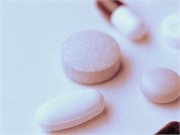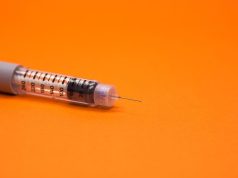Grandparents’ medications involved in 30.7 percent of prescription medication exposures in children 5 and younger
TUESDAY, Feb. 18, 2020 (HealthDay News) — More than half of prescription medication exposures among children involve access to medications that have previously been removed from their original packaging, according to a study published online Feb. 11 in The Journal of Pediatrics.
Maneesha Agarwal, M.D., from the Emory University School of Medicine in Atlanta, and colleagues enrolled individuals calling U.S. poison centers about unsupervised solid dose medication (SDM) exposures among children aged ≤5 years. Data were included from 4,496 participants.
The researchers found that 71.6 percent of SDM exposures involved children aged ≤2 years. Overall, 33.8, 32.8, and 29.9 percent involved only prescription medications, only over-the-counter (OTC) products that require child-resistant packaging, and one or more OTC product that does not require child-resistant packaging, respectively. Overall, 51.5 percent of exposures involving prescription medications and 20.8 percent of exposures involving OTC products involved children accessing medications that had previously been removed from original packaging (adjusted odds ratio, 3.39). When accessed, attention-deficit/hyperactivity disorder medications (49.3 percent) and opioids (42.6 percent) were often not in any container; anticonvulsants, hypoglycemic agents, and cardiovascular/antithrombotic agents were often moved to alternate containers (41.1, 33.8, and 30.8 percent, respectively). Overall, 30.7 percent of prescription medication exposures and 7.8 percent of OTC product exposures involved grandparents’ medications (adjusted odds ratio, 3.99).
“Educational messages to keep medications up and away and out of sight of young children should target grandparents, as well as parents of young children,” the authors write.
Copyright © 2020 HealthDay. All rights reserved.








